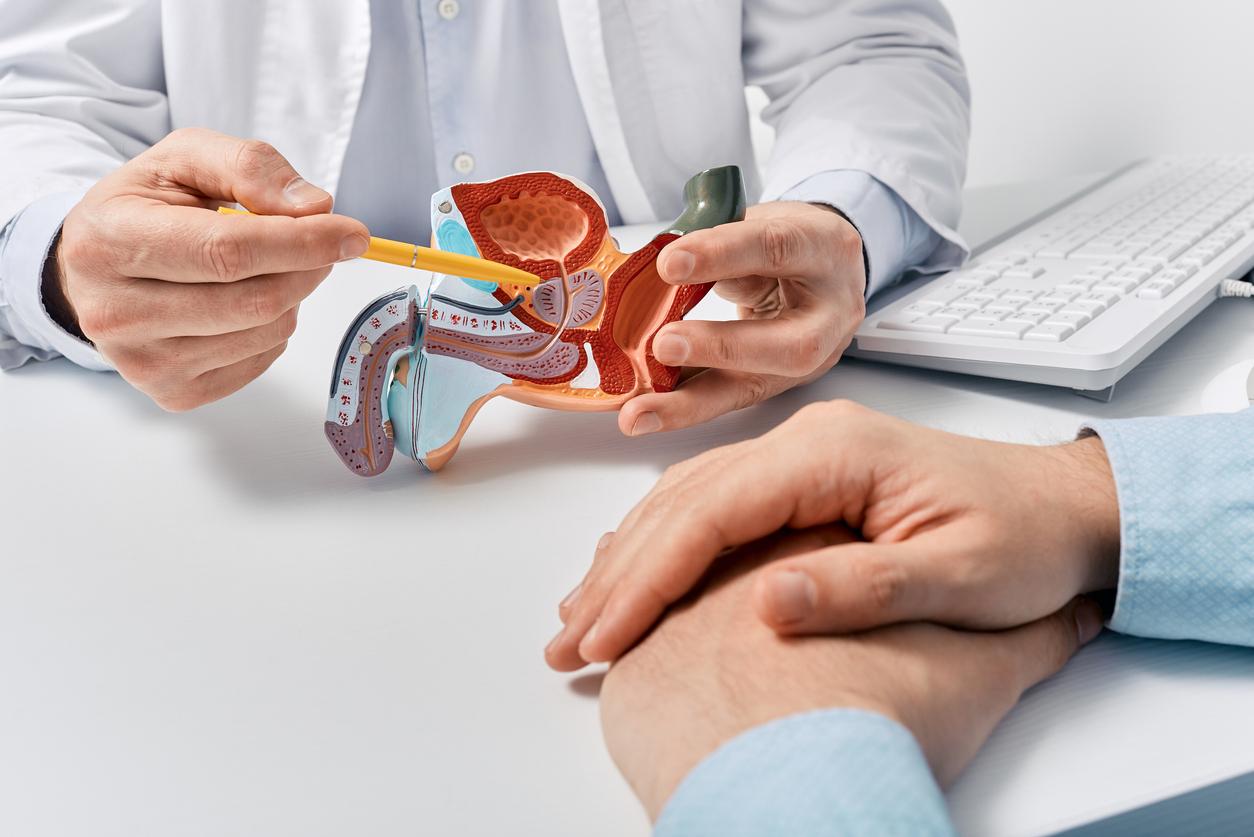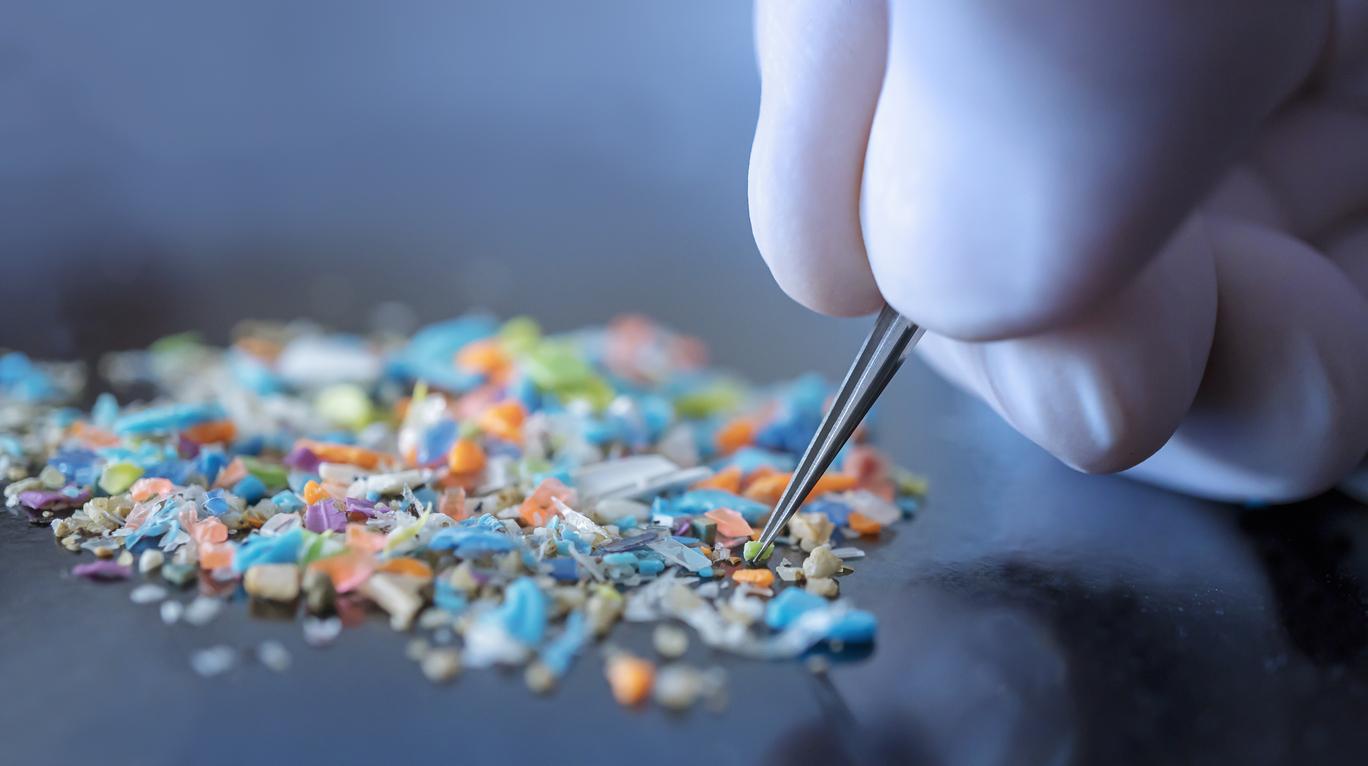The child born in Kurdistan was successfully operated on. This malformation is a first in a living baby. But other, very rare, cases of supernumerary penises have already been observed.

- A hundred cases of diphallia have been mentioned since the 17th century
- The child affected by this very rare malformation was successfully operated on
- Apparently, he had not been exposed to any drugs or infections during his mother’s pregnancy.
This is an anomaly that had never been observed: a three-month-old Kurdish child was diagnosed as having three penises. The two supernumerary penises were one attached to the root of the “main” penis and the other below the scrotum and neither had a urethra inside. They were excised without any adverse effects on the patient.
This case -we speak of triphally- is a “first”, featured in ScienceDirect and never observed in a human. But a hundred cases of supernumerary penises – diphallia – are mentioned in the scientific literature, the first of which was reported in 1659. This malformation would affect one live birth in 5 to 6 million, with a magnitude varying greatly from one patient to another. .
While the young Kurd had no family history of genetic abnormalities and had apparently not been exposed to drugs during his mother’s pregnancy, previous cases of diphallia, a condition that occurs during embryonic development between the 3rd and 6th week of gestation appeared to be related to environmental factors such as exposure to drugs or infections.
New exams during puberty
Diagnosis is most often made from an ultrasound to detect the absence or presence of corpora cavernosa and other associated abnormalities. For the baby boy born with three penises, no other abnormalities were observed in the examination of the abdomen, kidneys, ureters and bladder.
The excision was performed in 2020 by a urologist expert in urosurgery and penile reconstruction. The patient will, according to his doctors, undergo new examinations during his puberty.
In the cases of diphallia observed so far, emphasizes the study presented in ScienceDirect there were situations of real supernumerary penises or simply bifid penises: either a complete duplication in which each penis has two corpora cavernosa and a spongy body, or a penis having only one corpora cavernosa. In other cases, only the glans was duplicated. In some of these cases, erectile function of both penises is possible.
.
















